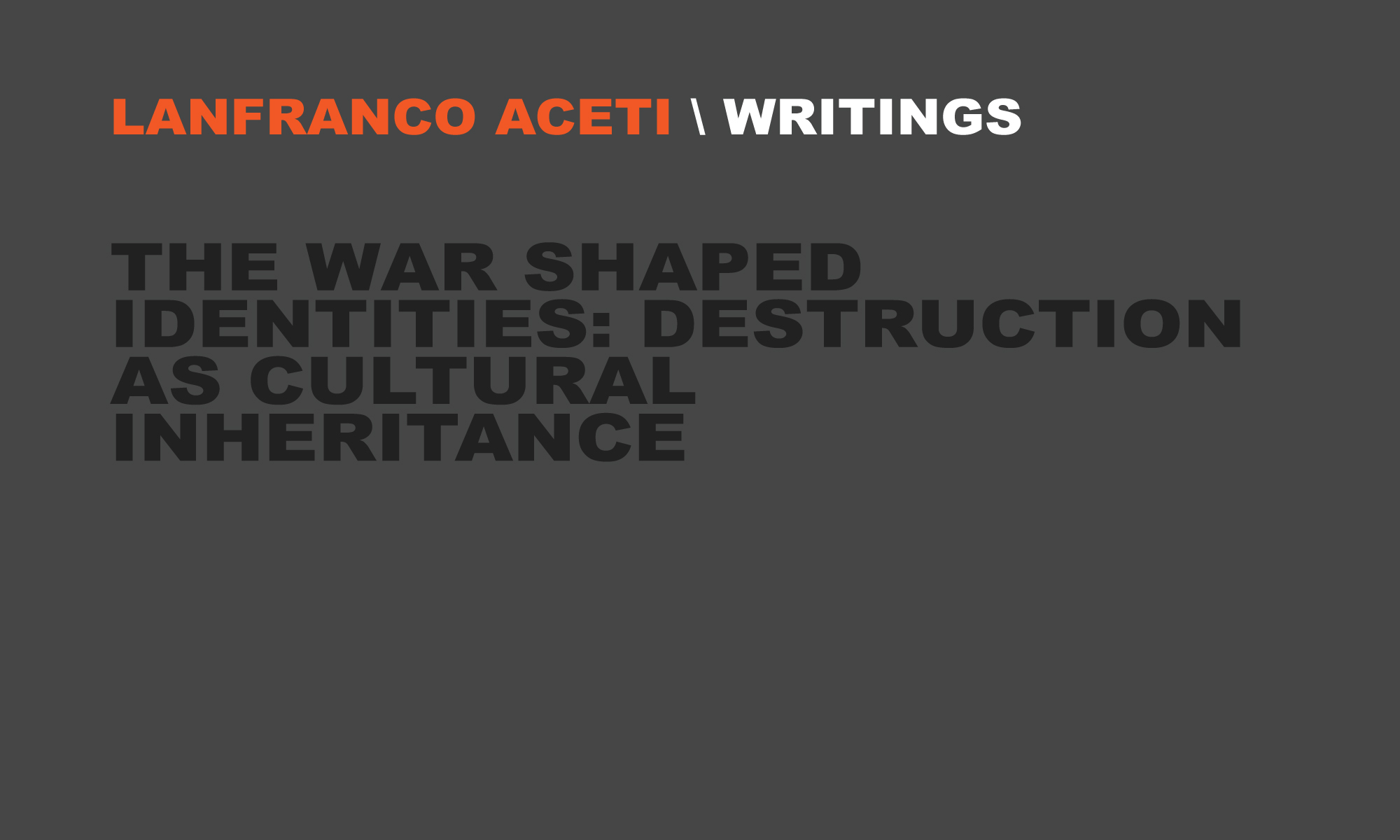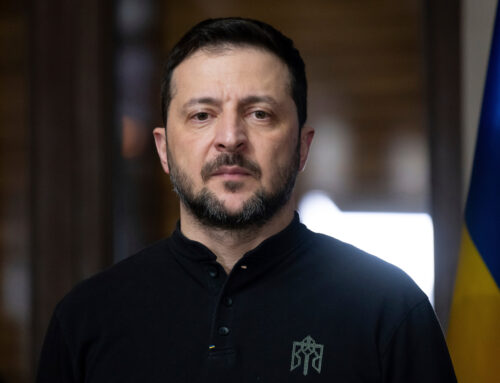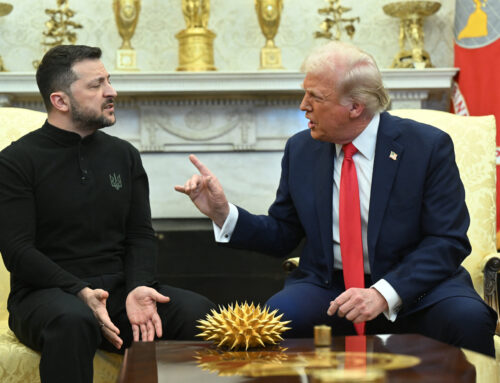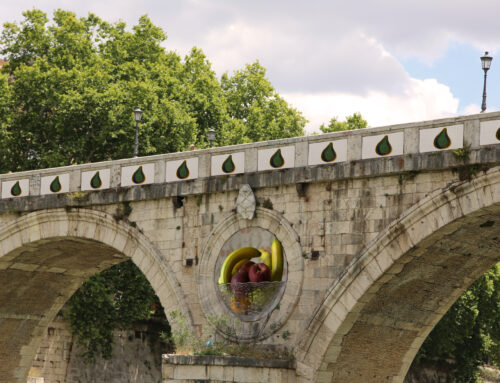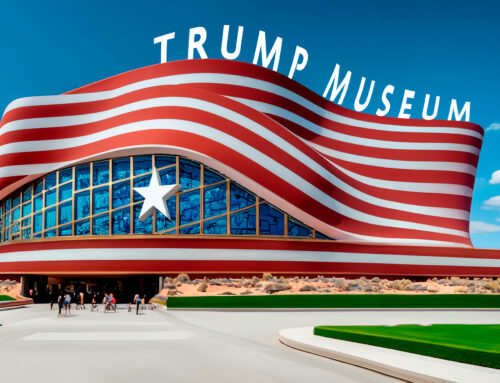THE WAR SHAPED IDENTITIES: DESTRUCTION AS CULTURAL INHERITANCE
ABSTRACT
The essay will discuss the issues related to a cultural conceptualization defined by the author as ‘sedimented memory construction’ made of visible and invisible loci. The memories of buildings, land, sculptures, war destruction and social collapses are layered through processes of personal recall; thereby creating a culture of remembrance that shapes people’s identities beyond space and time.
Culture becomes an archaeological and culturally sedimented monument, within which personal and collective visual cues, e.g. events of destruction and social identifiers, conjure the memory of places, present and past, real or mythological, creating cultural networks and shaping people’s identities.
The essay will analyze the continuous cultural narratives that spring from destruction and war events. These are scars that mark the territories of existence and shape personal experiences, collective identities and forms of artistic creativity. The visibility or invisibility, of both the monument and the war event, are not fundamental factors as is the ability of remembering and of linking – through local, historical and personal narratives – past, present and future.
Is this linkage between past and present a responsibility placed on the artist and on the aesthetic creative processes? The narratives of war, which survive in different media formats and have become a multilayered construct of conflicting digital representations and ancient local oral traditions, define the existence and identity of those who lived and inherited the visible and invisible scars of a landscape torn by war.
The essay will conclude by comparing different critical and artistic approaches to the concept of what war destruction and war reconstruction may mean. It will analyze the role of the artist in recreating a cultural landscape where the psychology and identity are shaped by the narratives of wars which, similar to archaeological inheritance, frame the interaction with both the real and digital environments, beyond the timescale and space of the events.
KEYWORDS
Memory, digital platforms, reconciliation, digital art, narrative, war, destruction, visual media

